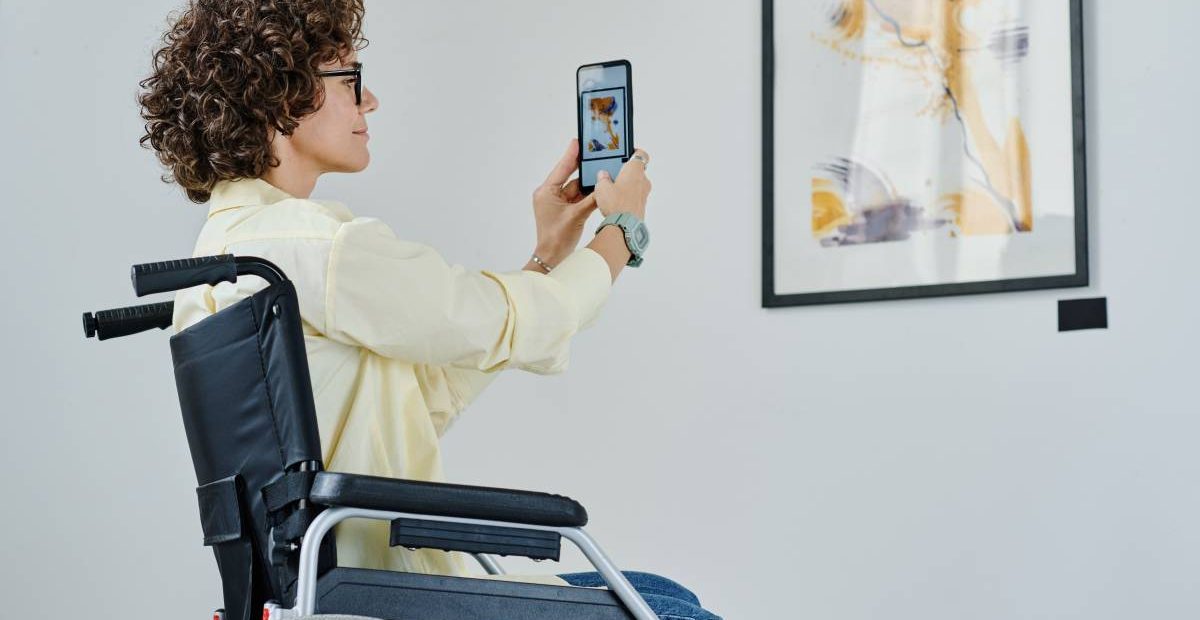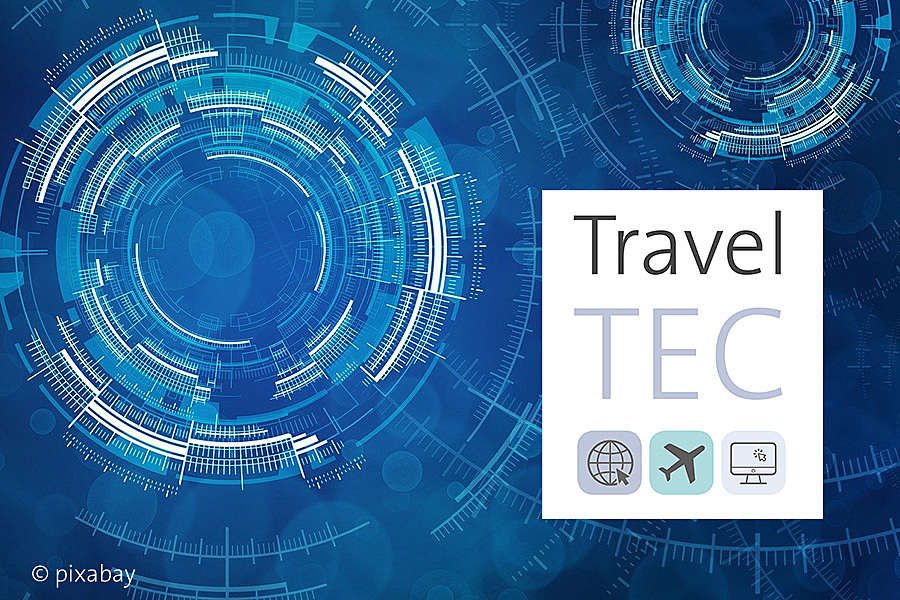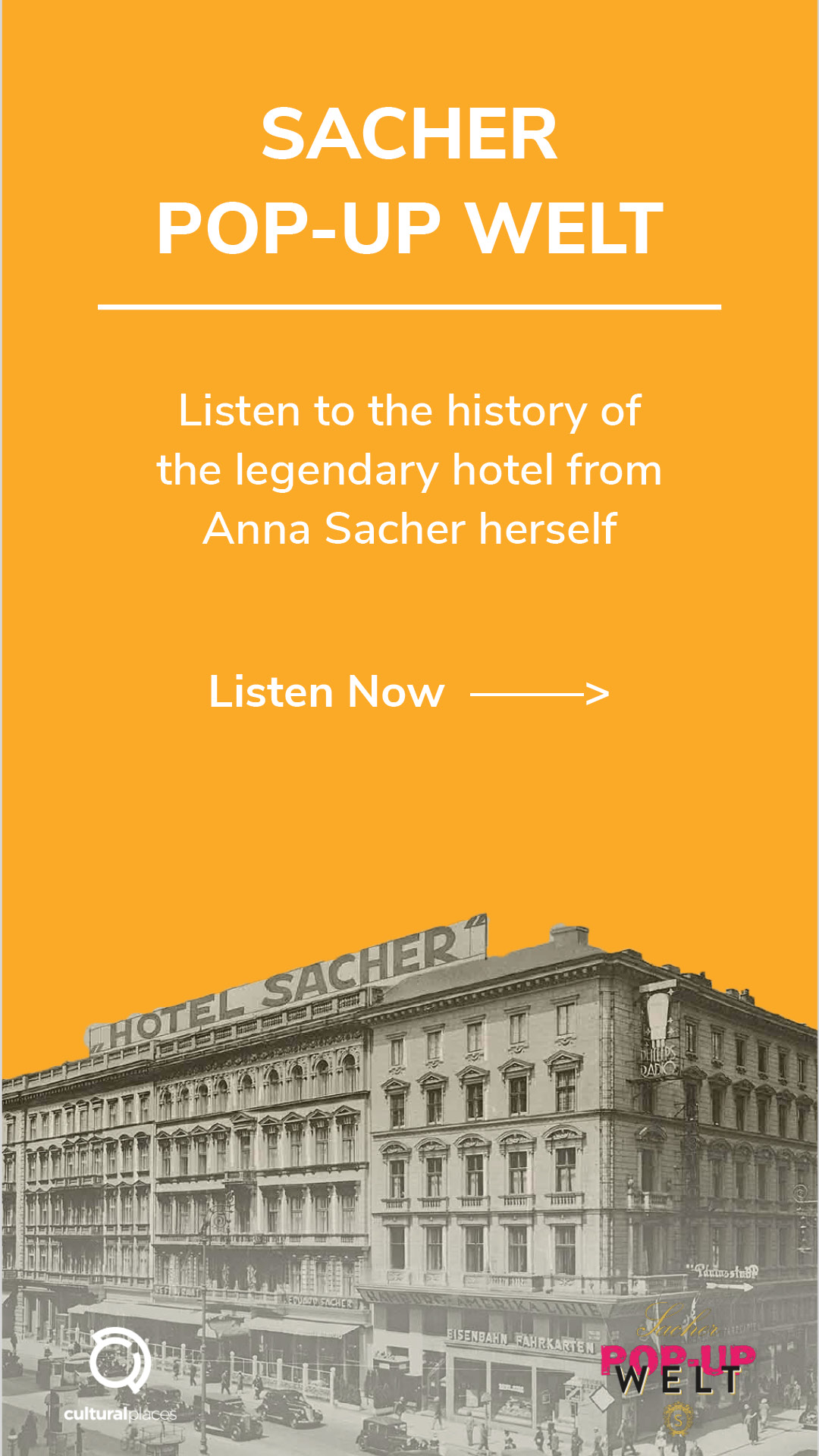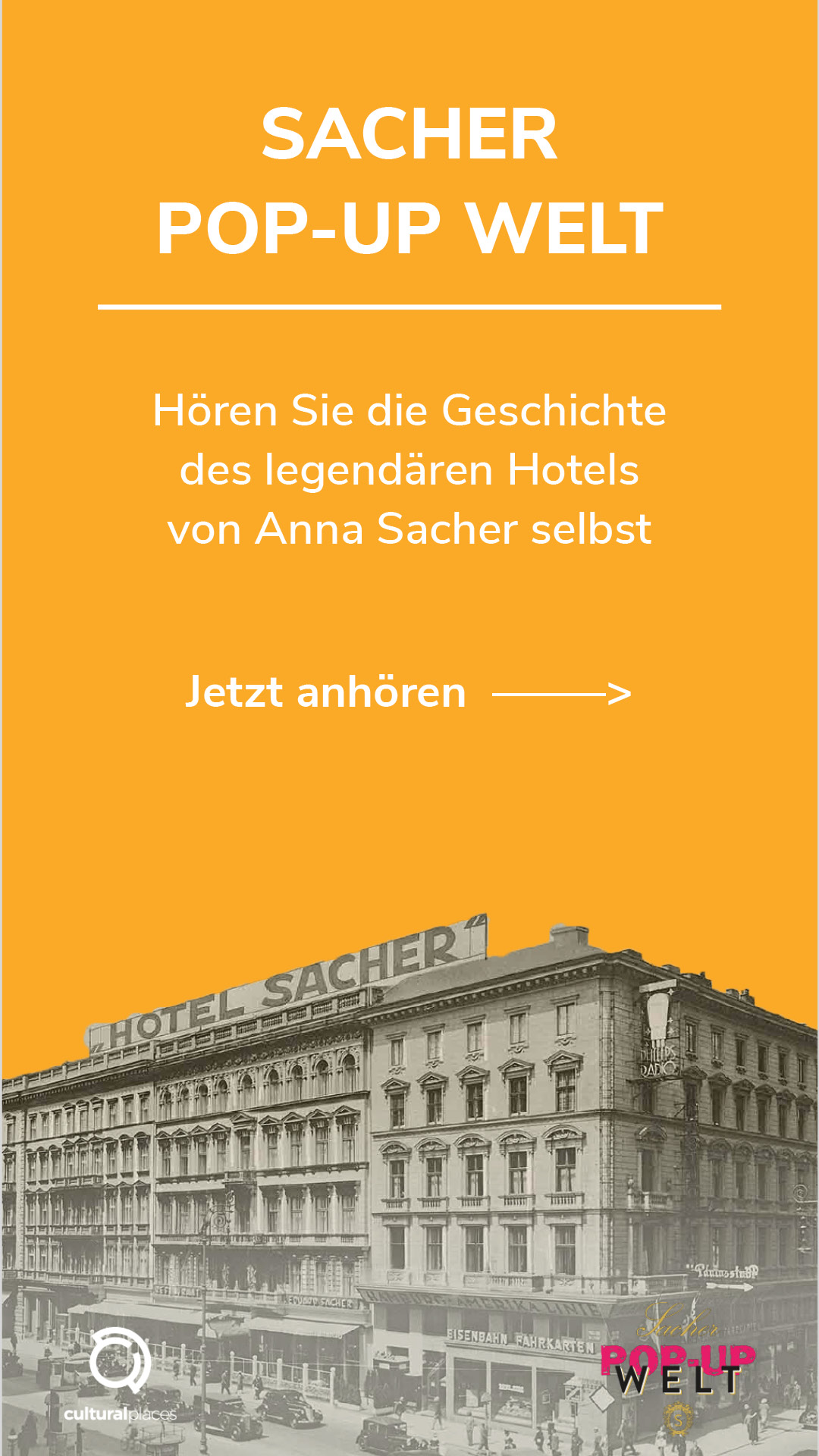Increasing Accessibility Through Digital Tools in Museums
Not only can wheelchair ramps or Braille script increase accessibility in museums and other cultural organizations, digital tools can also be of great help.
Accessibility – What and for Whom?
Accessibility means making analog or digital spaces accessible to all people. This can include, for example, providing ramps and elevators to allow access for people with walking disabilities, baby strollers, wheelchairs, crutches, etc., providing texts in plain language, Braille and auditory, or the option to feel things, and much more.
For many people, accessibility is indispensable in order to be able to participate in society: Be it on public transport, at work, or in leisure time. But barrier-free design can bring advantages for everyone.
Digital Accessibility
Accessibility in the digital realm starts with making digital content available in the first place (preferably complementary to analog content). Websites and apps should also be designed with certain guidelines in mind, such as high contrasts, fonts that are big enough to be read easily or have the option to adjust the size yourself, explanatory image descriptions, etc. Some measures have to be implemented technically and not visibly, such as the use of html tags for headings, which allows the text to be structured for people who use screen readers. Buttons and other clickable elements should be large enough and placed with enough distance from other elements to be easily used. These are just a few examples – if you want to know more, you can find more information on the W3 Consortium website.
According to an EU directive, public entities have had to make their digital content accessible since September 2020 – this is not mandatory for private companies, associations, etc., but they can benefit from it and reach more people with their content. After all, according to the WHO, around 15% of the global population is disabled in one way or another.
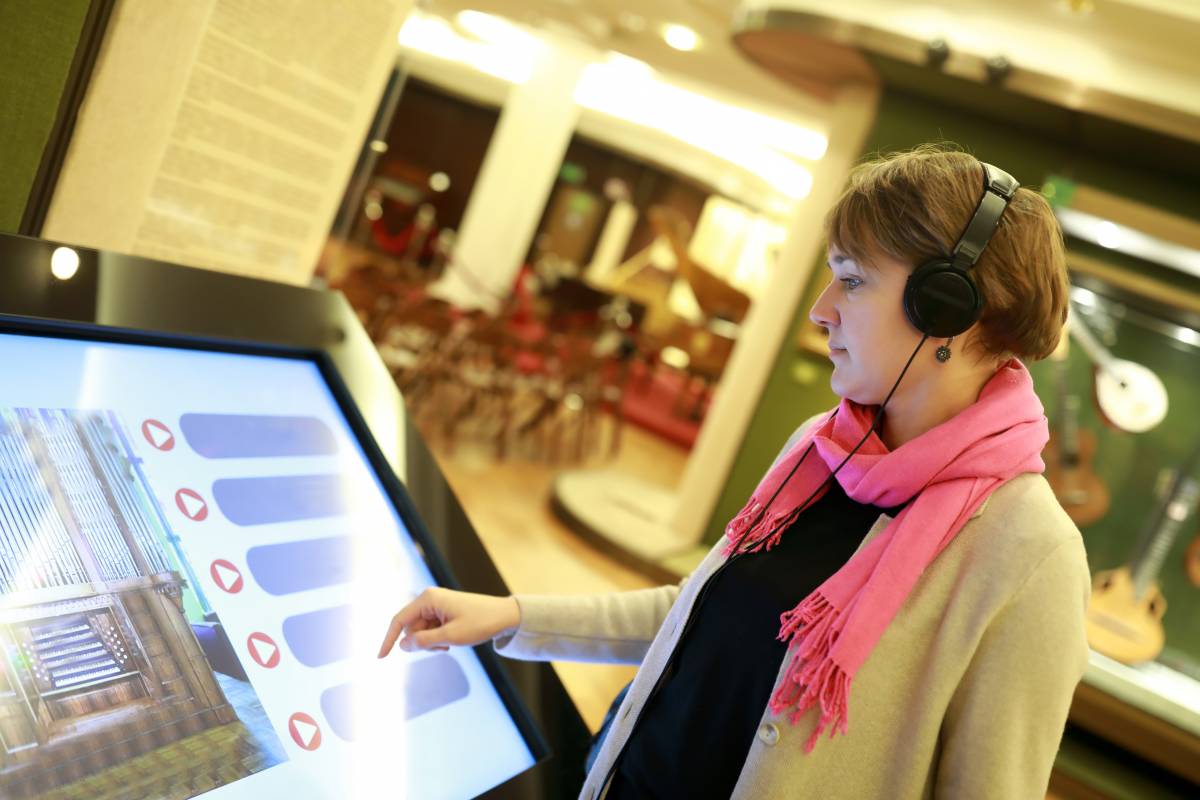
Digital Tools and Approaches for More Accessibility in Museums
Many museums and other cultural organizations offer audio guides – this is already an important addition for many people to understand content, for example if they cannot read or read poorly. But what are the options beyond that?
Digital Devices
A traditional audio guide device is fine for many people to use, but switching to a new device is not always the best option for everyone. If you can offer a simple, well-designed app or mobile website, it can help you reach certain audiences. Using their own cell phone is beneficial for many.
Inductive listening devices can help hard-of-hearing visitors with hearing aids or cochlear implants to better understand music, sounds, or spoken text such as content from audio guides, film soundtracks, or installations. Listening to audio through volume-adjustable headphones can also be helpful.
Large (touch) screens with appropriately designed user interfaces help to inform or orient.
VR or AR can offer the possibility of (virtually) getting closer to objects and being able to look at details, which can be helpful for people with a limited sense of sight or in a wheelchair, which prevents them from getting close enough to certain works of art. For example, the Prague National Gallery’s project Touching Masterpieces has made it possible for blind or severely vision-impaired people to feel famous works of art using haptic VR gloves.
Conveying Content Across Different Channels
In order to present information to people with different needs, it is also necessary to offer said content across different channels in parallel. For example, explanatory content can be provided visually as written text, haptically as Braille, and auditorily as an audio file.
For many people with disabilities, it is very important to get accurate information about the conditions on site before visiting a museum or cultural event. A website that provides information such as structural and technical conditions on site, special offers, and support is therefore essential.
Implementation Made Easy
Understandably it is not easy to implement all these measures. Many exhibition venues and organizers simply don’t have the financial means to offer AR and VR, for example, or to be able to present all content in parallel in different forms. However, some things – such as (gradually) redesigning the website or offering more information about what’s happening on site – are usually easy to do.
If you want to offer content digitally in a simple way, you can make your audio guides available in our app and on the web with Cultural Places. In our platform, system, text, images, video, and audio complement each other. This way, content can be transported and made accessible to many people!

